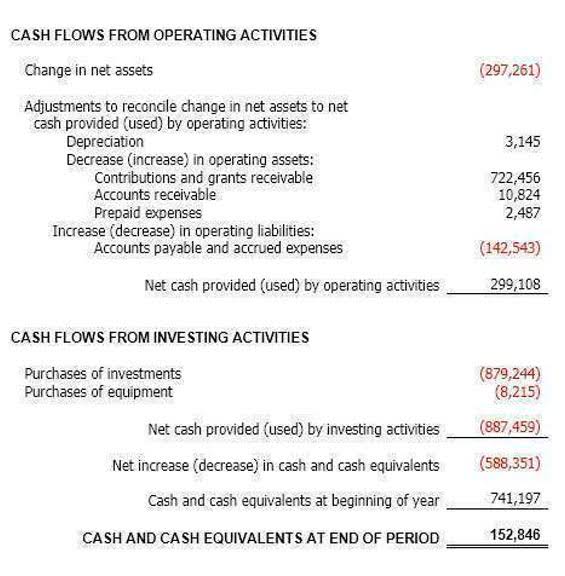
This structure involves two pay periods within each month, leading to distinct benefits and considerations. Choosing the most suitable payroll schedule is crucial for maintaining smooth operations, employee satisfaction, and effective cash flow management. The process involves careful Accounting For Architects consideration of workforce dynamics, financial stability, and communication strategies.

Frequently asked questions about semi-monthly vs. bi-weekly payroll
However, it also requires careful planning to ensure that funds are available for expenses throughout the month. Although bi-weekly payments are smaller than the semi-monthly ones, you get two additional paychecks in a year with the bi-weekly option. With these 2 added paychecks, bi-weekly and semi-monthly employees earn the same amount of money, which is only spread differently. To make this as comprehensive as possible, we have provided answers to the most common questions about bi-weekly and bi-monthly pay schedules.
- However, if you choose the bi-weekly option, your annual income splits into 26 paychecks.
- This ensures that your payroll is not only accurate but also efficient, freeing up time to focus on other aspects of your business.
- Other factors could also influence what payroll type benefits your company and employees more.
- This guide delves into the ins and outs of semi-monthly pay, providing insights into its advantages, potential challenges, and best practices for implementation.
- Let’s consider Sarah, who earns a salary of $50,000 annually and has certain deductions taken from her paycheck, including taxes, health insurance, and retirement contributions.
- Glints TalentHub is our complete talent solution that covers all aspects of talent acquisition, management, and development.
Trick to Remember the Difference

When it comes to payroll, bi-weekly means you are paid once every two weeks, usually on a specific day of the week, like every other Friday. Employers also have a responsibility to keep detailed payroll records for all employees. This includes maintaining accurate records of hours worked, wages paid, and any deductions made.
Semi-Monthly vs. Bi-Weekly Payroll Explained
- It requires you to be familiar with many laws and regulations and think of your employees’ well-being too.
- When it comes to semi-monthly vs. biweekly, there is literally no difference in the amount per year your employees will be paid.
- By supporting a range of policies, and integrating with popular platforms like Gusto and BambooHR, AttendanceBot streamlines time tracking and payroll tasks.
- On the other hand, hourly employees need to ensure their hours are tracked accurately within each pay period to receive correct compensation.
- This means that your paycheck lands on the same day every time, unlike semimonthly.
- Semi-monthly pay offers a structured approach that benefits both employers and employees alike.
In this guide, we’ll dive into various payroll options and provide insights into the advantages of each. Set limits, turn tracked time into automated timesheets, and send invoices with Hubstaff. If you manage projects, you probably hear “objectives and deliverables” a hundred times daily. As we look to 2025, the small business economy semi monthly vs bi weekly is on track to support these businesses and provide additional opportunities for growth. You would think that since there are generally four weeks in every month, these would equal the same thing. Hearing the terms ‘bi-weekly’ and ‘semi-monthly’ might sound confusing if you’ve never come across them before.

Join thousands of businesses and What is bookkeeping households who trust SurePayroll for their payroll and HR needs. Most private companies pay biweekly, according to a recent Bureau of Labor Statistics (BLS) report. Glints TalentHub offers an end-to-end, tech-enabled talent solution that encompasses talent acquisition, EOR, and talent development. We empower businesses to leverage the strengths of regional talent efficiently to build high-performing, cost-efficient teams. Leading companies are actively building their borderless teams in Southeast Asia, Taiwan, and beyond. However, the prospect of going borderless can be daunting due to complex regulations and cultural ambiguities.

The Best Team Building Activities To Try In 2025
Running a semimonthly payroll for hourly employees is more difficult and confusing than doing so for salaried employees, especially when workers earn overtime pay. To combat this, it may be beneficial to process payroll semimonthly for salaried employees and biweekly for hourly workers. According to the Bureau of Labor Statistics, 36.5% of employees are paid biweekly. On the other hand, only 19.8% of employees are paid using the semimonthly payroll frequency. Budgeting with a bi-weekly pay schedule can be both advantageous and challenging.
.jpg)
.jpg)
.jpg)